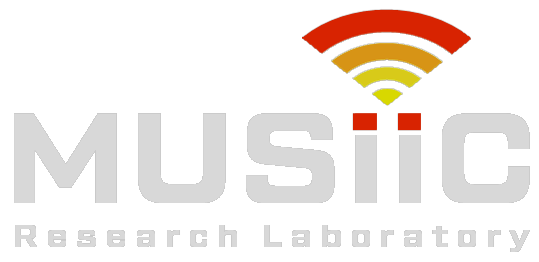- J. Kang, F. W. Fan, A. P. Malla, M. M. Harraz, J. B. Spicer, P. L. Gehlbach, and E. M. Boctor, “An Epiretinal Photoacoustic Stimulation Approach for Retinal Stimulation,” The Annual Meeting of the Association for Research in Vision and Ophthalmology (ARVO), 4973-A0383, Vancouver, BC, Canada, 1 May 2019.
- J. Kang, M. M. Harraz, A. Malla, J. Spicer, E. M. Boctor, and P. L. Gehlbach, “Initial Proof-of-Concept of Epiretinal Photoacoustic Stimulation: Preliminary In Vitro Study,” The 10th Eye-and-the-Chip World Research Congress, Detroit, USA, 25 Sep. 2017.
- P. L. Gehlbach, M. M. Harraz, A. Malla, J. Kang, and E. M. Boctor, “Initial Proof-of-Concept of Photoacoustic Neural Stimulation; A Potential Approach to Retinal Stimulation: Preliminary In Vitro Study,” The Annual Meeting of the Association for Research in Vision and Ophthalmology (ARVO), 5886-B0478, Baltimore, MD, USA, 11 May 2017.
According to an estimate by A. Gordois, et al., a total of 733 million people worldwide are visually impaired, and its total cost have reached approximately USD $3.0 trillion in 2010. Vision loss from other than cataract (a largely treatable cause of visual impairment), 22.9 million people suffered from blindness (7.0%), low vision (10%), and monocular blindness (83.0%) due to eye injuries and other causes worldwide. Since the patients with aforementioned cases are with the preserved retinal functionality, there should be alternative way of treatment to enhance their quality of life, while reducing the total amount of financial cost. The patient group that would respond to bionic eye prosthesis would be those in which photoreceptor function was deficient and yet the visual transmitter layers (e.g., ganglion cells and optic nerve layers) are intact enough to send a message through visual pathway.
Photoacoustics (PA) have been investigated in the biomedical engineering field as a hybrid modality based on molecular light absorbance and deep acoustic penetration (~several cm). Our innovative hypothesis is that thermal energy can produce acoustic waves in an absorptive layer due to its thermoelastic expansion of the irradiated volume. “Neural modulation” from the PA energy results in evoking neuronal depolarization.
